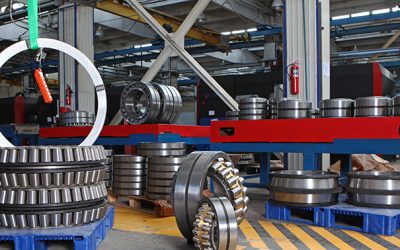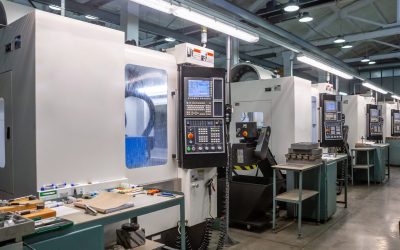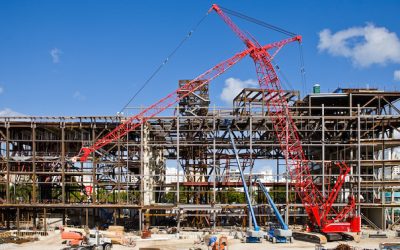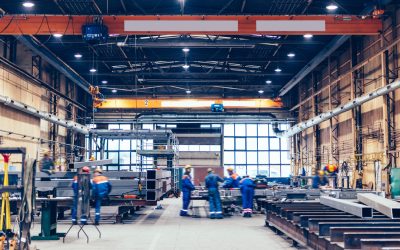
The U.S. central bank signaled that the latest rate hike may not be the last, but is likely nearing the end of aggressive increases.










Mike Hockett breaks down the latest U.S. Census Bureau’s wholesale trade data, covering revenue expectations and trends, inventory and more.







A new report states a majority of economists now think a would-be recession is coming later than expected. It suggests a softer economic landing as distributors continue to report strong financials.




By providing your email, you agree to receive announcements from us and our partners for our newsletter, events, surveys, and partner resources per MDM Terms & Conditions. You can withdraw consent at any time.
Wholesale distribution news and trends delivered right to your inbox.
Sign-up for our free newsletter and get:
